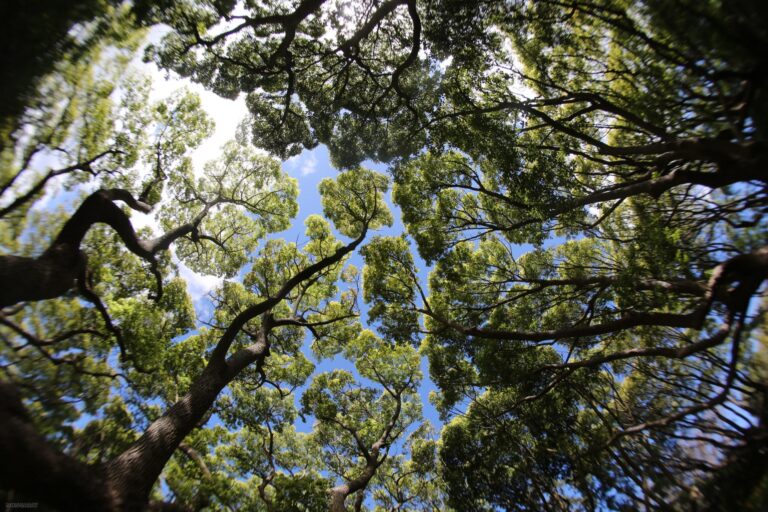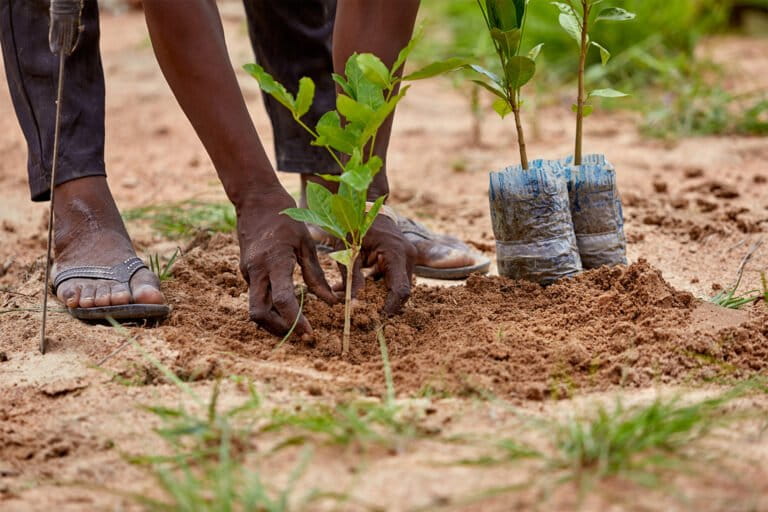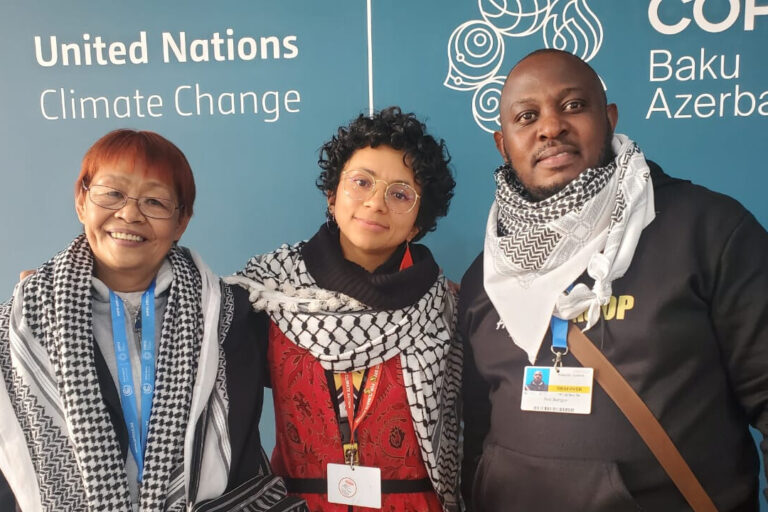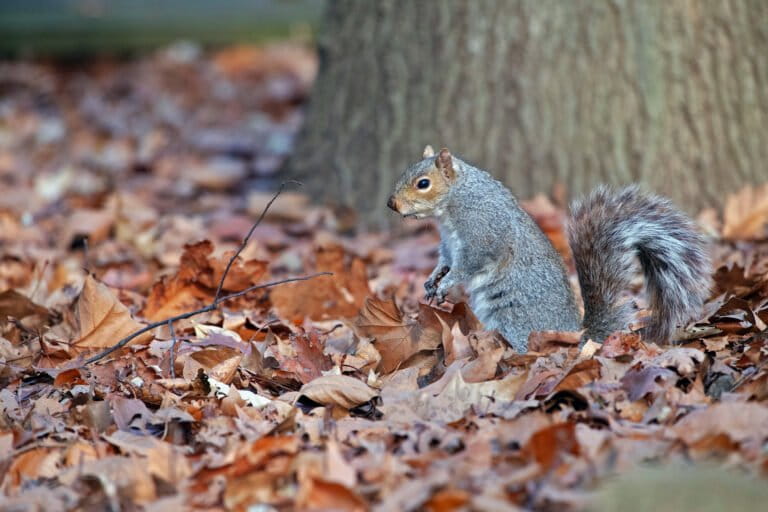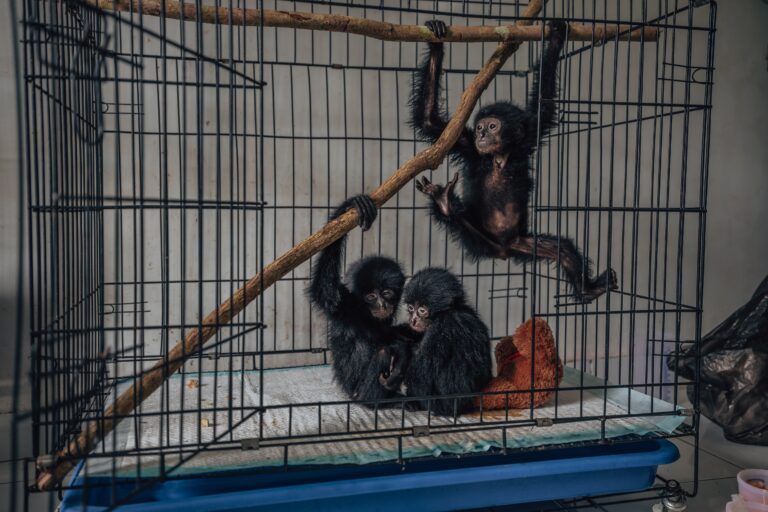- The rewilding of 50 captive-bred spotted softshell turtles has sparked hope among conservationists for the future of the rare and threatened species in Vietnam, a country where softshell turtles are widely considered a culinary delicacy.
- Described by scientists as recently as 2019, the species is considered critically endangered throughout its range in China and Southeast Asia due to hunting for human consumption and habitat loss.
- The reintroduction of the young turtles is the first rewilding of offspring reared at a dedicated turtle conservation breeding facility in northern Vietnam to safeguard Vietnam’s rare and threatened amphibian and reptile species.
- Turtle conservationists say that while it will be a long and perilous road to recovery for the species in Vietnam amid persistent threats, the work to preserve the species is a positive step toward changing people’s view of freshwater turtles as primarily a food item and curbing hunting pressure not only on this species, but many others as well.
Vietnam’s struggling population of spotted softshell turtles received a helping hand in December 2023 when researchers released 50 captive-bred hatchlings into a freshwater lake in a northern province. Now, new research indicates where further wild releases could result in the most conservation gains for the rare and threatened species, which was only described by scientists as recently as 2019.
Spotted softshell turtles, Pelodiscus variegatus, were previously considered part of the genetically and morphologically variable Chinese softshell turtle (Pelodiscus sinensis), a widely distributed species ranging from eastern Russia through China and Korea to Vietnam. However, scientists now classify Chinese softshell turtles as a species complex comprising seven separate species, one of which is the spotted softshell turtle.
Although the orange-and-black-speckled turtles were described as distinct in 2019, frustratingly little is known about them in order to inform conservation actions, according to Thomas Ziegler, coordinator of nature conservation projects for Vietnam and Laos at Cologne Zoological Garden in Germany.
“It’s actually a race against time, to discover species before they disappear,” Ziegler, who was involved in the scientific description of the species, told Mongabay in an email. “The joy of the discovery quickly gave way to worry — does it still exist, or has it already been extirpated?”

Following the first scientific description of the species, Ziegler and his colleagues from Germany and Vietnam quickly set about gathering information from field surveys, market visits, trade data and historical records to build a picture of the new species’ distribution, status and immediate threats.
The team’s latest findings, published in Nature Conservation, indicate the species has a very restricted distribution, likely confined to freshwater habitats in north-central Vietnam and possibly in areas across the border in Laos. Moreover, in a part of the world where softshell turtles are widely considered a culinary delicacy, the researchers say threats abound.
In addition to widespread evidence of overexploitation of softshell turtles for human consumption and intense pressure on their freshwater habitats from fishing, land conversion and pollution, the researchers recorded interbreeding between softshell turtle species in farms. Millions of Chinese softshell turtles are farmed and traded each year in China and Vietnam for their meat, giving rise to the risk of genetic pollution of native wild populations.

What’s more, spotted softshell turtles have never been recorded in a protected area in Vietnam or Laos; and to date, scientists have genetically identified very few individuals in the wild. Ziegler said such vulnerabilities underscore the importance of combining in-situ and ex-situ measures to maximize the chances of the species’ long-term survival in the wild.
“Once a species is extinct, it is too late for any efforts … it is lost forever … It is therefore important to set off on time and not when it is too late.” Ziegler said. “If [in-situ] species protection is not possible in time [to save it] on site, or is going too slowly, [then] modern, species conservation-oriented zoos and stations can get involved in building up a reserve population” with which to repopulate the species’ former range.
The cohort of turtles released in 2023 were from animals collected at Vietnam’s wet markets and subsequently genetically confirmed as spotted softshell turtles. They were raised at a purpose-built conservation breeding facility at Melinh Station for Biodiversity, part of Vietnam’s Institute of Ecology and Biological Resources (IEBR) near Tam Dao National Park in northern Vietnam.

The captive-breeding facility is a key component of a collaborative initiative between researchers from the IEBR and Cologne Zoo to safeguard the future of rare and threatened reptiles and amphibians in Vietnam, a country home to some 484 species of reptiles alone.
Having learned how to breed spotted softshell turtles in captivity, Ziegler said the next step will be to increase the number of populations kept in captivity in both Southeast Asia and Europe so that there are animals available for future releases, some of which he hopes will be within Vietnam’s network of protected areas.
Given the considerable threats facing the species and its restricted range, the researchers propose the spotted softshell turtle be categorized as critically endangered on the IUCN Red List, the global authority on species’ extinction risk, which is yet to make an official assessment.

Andrew Walde, director of conservation and science at the Turtle Survival Alliance, who wasn’t involved in the study or release initiative, told Mongabay that wild releases work best in situations where threats facing the animals in the wild have been removed and safe conditions prevail. In the case of Vietnam, he said this would necessitate countering wildlife trafficking, plugging gaps in wildlife law enforcement, educating communities who associate turtles with food about why the animals are best left in nature, and protecting habitats from degradation — a tall order, he added.
“In a hotspot like Vietnam where there’s an extremely high diversity of turtles, getting to that [shift in attitude toward turtles] could take decades,” Walde said. “In countries where turtles are food, you’ve got a big uphill battle.”
Walde said a lot remains unknown about spotted softshell turtles that would help to optimize the success of the captive-breeding program. For this reason, post-release monitoring should be a high priority for the teams in Vietnam, he said. “Monitoring enables adaptive management, so you can tweak things and perhaps more [animals] survive, or less survive, and you can try and refine the techniques involved.”
Walde added that any such turtle captivity project, if managed well, usually brings benefits for broader conservation. “It gets turtle conservation into the minds of people, shifts attitudes and makes people realize they can be part of turtle conservation.”
Carolyn Cowan is a staff writer for Mongabay. Follow her on 𝕏, @CarolynCowan11.
Banner image: One of the captive-bred juvenile spotted softshell turtles photographed upon its the release into the wild in northern Vietnam. Image courtesy of Anna Rauhaus.
Citation:
Le, M. D., Rödder, D., Nguyen, T. T., Pham, C. T., Nguyen, T. Q., Ong, A. V., … Ziegler, T. (2024). Climatic niche modelling and genetic analyses highlight conservation priorities for the spotted softshell turtle (Pelodiscus variegatus). Nature Conservation, 55, 67-82. doi:10.3897/natureconservation.55.114746
See related story:
For Vietnam’s rare reptiles, lack of captive populations may spell doom
FEEDBACK: Use this form to send a message to the author of this post. If you want to post a public comment, you can do that at the bottom of the page.







